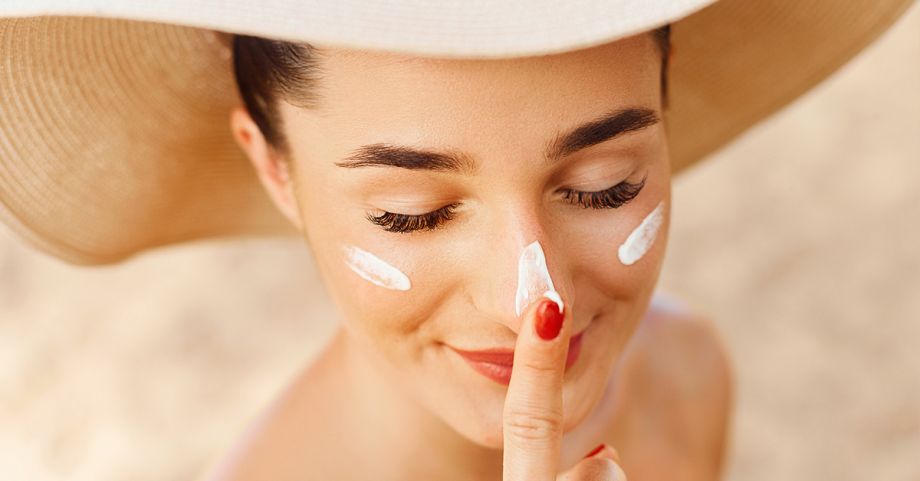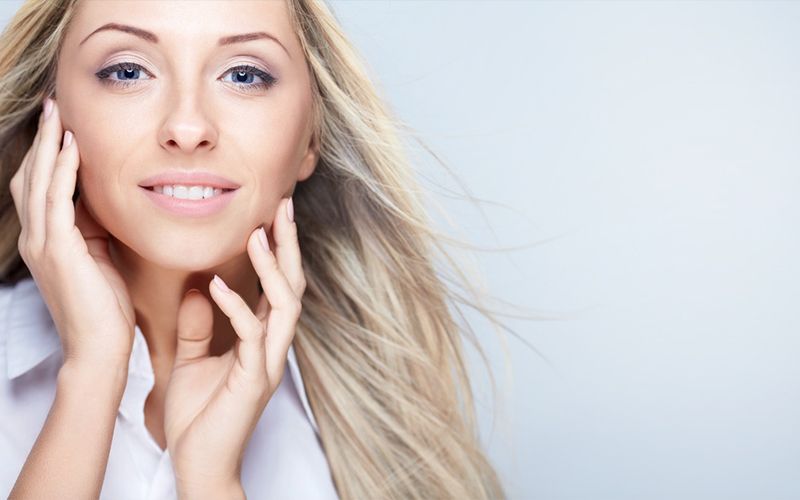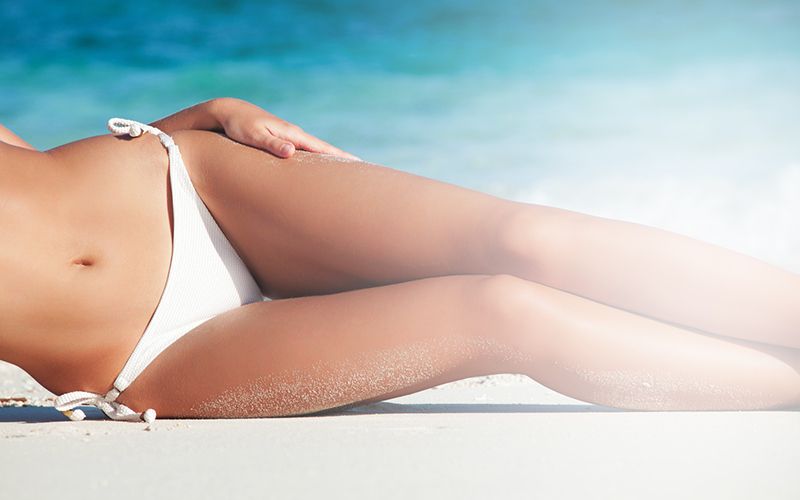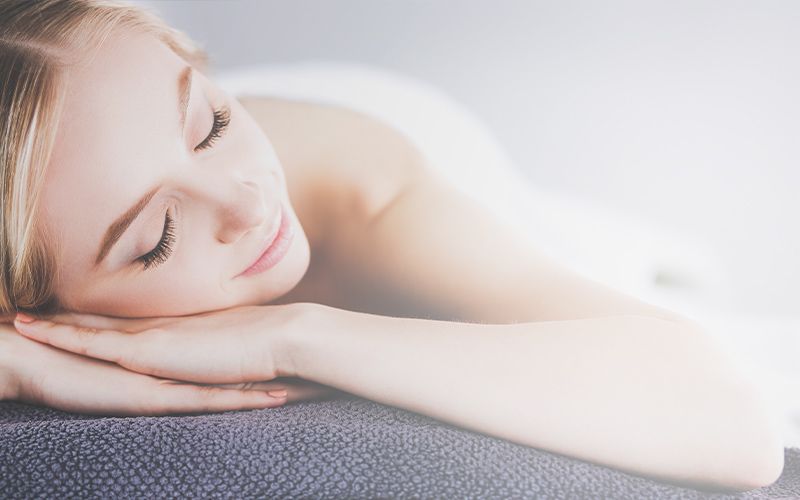
What Kind Of Sunscreen Is Best For Preventing Aging?
We get plenty of sunshine here in the Naples, Florida area throughout the year, but we tend to experience far more sun exposure during the long days of summer. As such, it’s now time to remind our readers how important it is to wear sunscreen and take other measures to protect your skin from excessive exposure to the sun’s UV rays. While those rays can give you a healthy-appearing tan, the medical staff and aestheticians at Tru Glō Medspa remind you that excess sun exposure is one of the biggest causes of premature skin aging.
In fact, your lifetime exposure to ultraviolet light from the sun (and/or from tanning booths) is a bigger factor in causing wrinkles, age spots, collagen breakdown, and irregular skin cells (moles and other blemishes) than genetics, smoking, poor diet or stress. Know also that ultraviolet radiation from the sun and tanning booths cause more cases of skin cancer than other factors such as genetics and diet.
How Does Sunlight Cause the Damage?
The sun (and tanning booths) emit a spectrum of UV radiation that can penetrate and damage your skin. Longwave “UVA” rays penetrate deeply into the thickest layer of skin known as the “dermis.” Over time, this UVA penetration can cause premature skin aging and wrinkling. It also suppresses the immune system and plays a role in skin cancer formation. Medium wave “ UVB” rays only penetrate the skin’s surface but also cause skin damage over the longer term. UVB rays are responsible for sun-burning, and can also play a key role in the development of cancer and melanoma.
As an added fun fact for any science enthusiasts: the shortest waves—“UVC”—would represent the most damaging threat to your health, but these rays are naturally blocked by our atmosphere.
Use Sunscreen to Protect Your Skin from Premature Aging
Applying broad-spectrum sunscreen on all exposed body parts provides the best potential protection from UVA and UVB ray skin damage. If you’re looking for extra protection, you should use sunscreens that work as mechanical or physical blocks due to their inclusion of UV ray-blocking micronized zinc oxide and/or titanium oxide. While chemical-based broad-spectrum sunscreens can work on both UVA and UVB rays, sunscreens that provide physical blocking are believed to be more effective.
Along with “broad-spectrum,” sunblocks should be rated at a minimum of 15 for “SPF,” which stands for “Sun Protection Factor,” a measure of how well a sunscreen protects from UVB rays. Most dermatologists recommend using a sunscreen with an SPF of between 15 and 30. While there is nothing wrong with using a higher SPF sunscreen, SPF 30 sunscreens already block 97 percent of UVB rays. While SPF does not specifically account for protection from UVA rays, as long as the sunscreen includes “broad spectrum” with its SPF rating, it should protect from UVA rays.
Other tips to help protect your skin from premature aging due to excess sun exposure include:
- Read your sunscreen’s label to ensure that you are getting the best protection.
- Reapplication of sunscreen on a regular basis, typically every two hours.
- Reapplication of sunscreen after swimming.
- Limit the time you spend in direct sunlight and, in particular, avoid exposure between 10 a.m. and 2 p.m., when the sun’s rays are at their most powerful.
- Wear sun-protective clothing such as hats, long-sleeved shirts, and pants when you are going to be in the sun for an unavoidably long time, such as when boating.
Learn More About Sun Protection at Tru Glō Medspa
Among our wide selection of medical-grade skincare products, Tru Glō Medspa offers a range of broad-spectrum sunscreens that are compatible with a variety of skin types. To learn more about how these products can protect your skin from sun damage and premature aging, contact us today through our website’s contact page, or by calling 239-919-7009.



